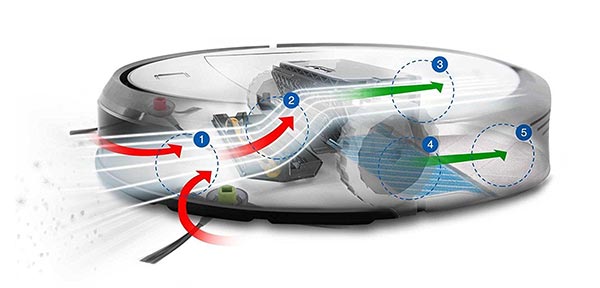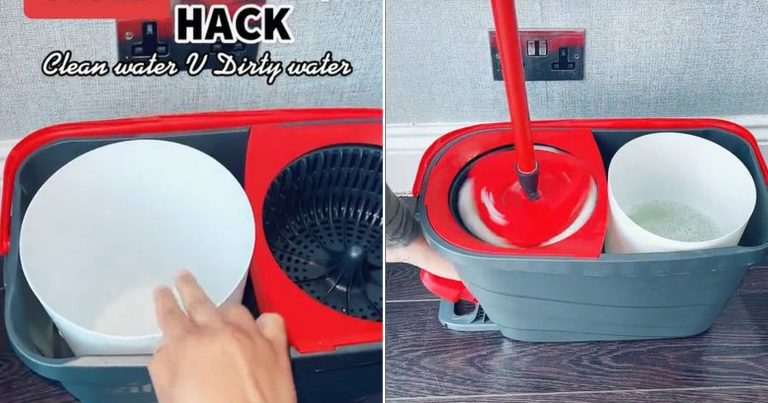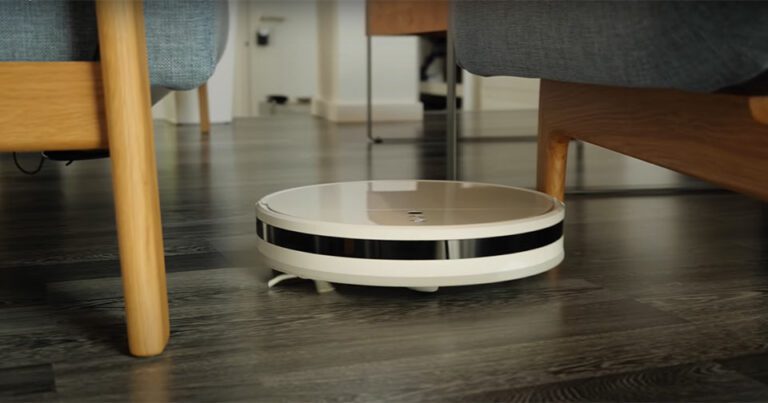How Do Vacuum Robots Work?
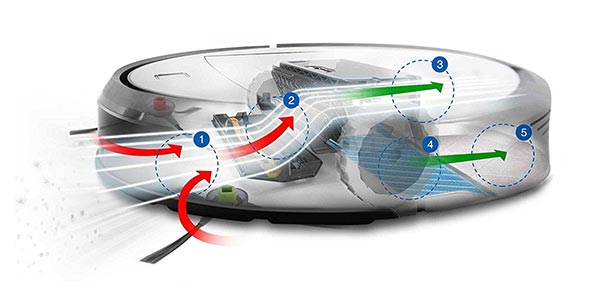
Vacuum robots work by using sensors to navigate and clean floors automatically. These robots are equipped with brushes and suction mechanisms to remove dirt and debris.
Vacuum robots can detect obstacles and adjust their cleaning patterns accordingly, providing a convenient and efficient cleaning solution for homes and businesses. With their advanced technology, these robotic cleaners can reach corners and under furniture with ease. Their autonomous operation allows them to clean while homeowners or business owners focus on other tasks.
By understanding how vacuum robots work, users can make the most out of this innovative cleaning technology.
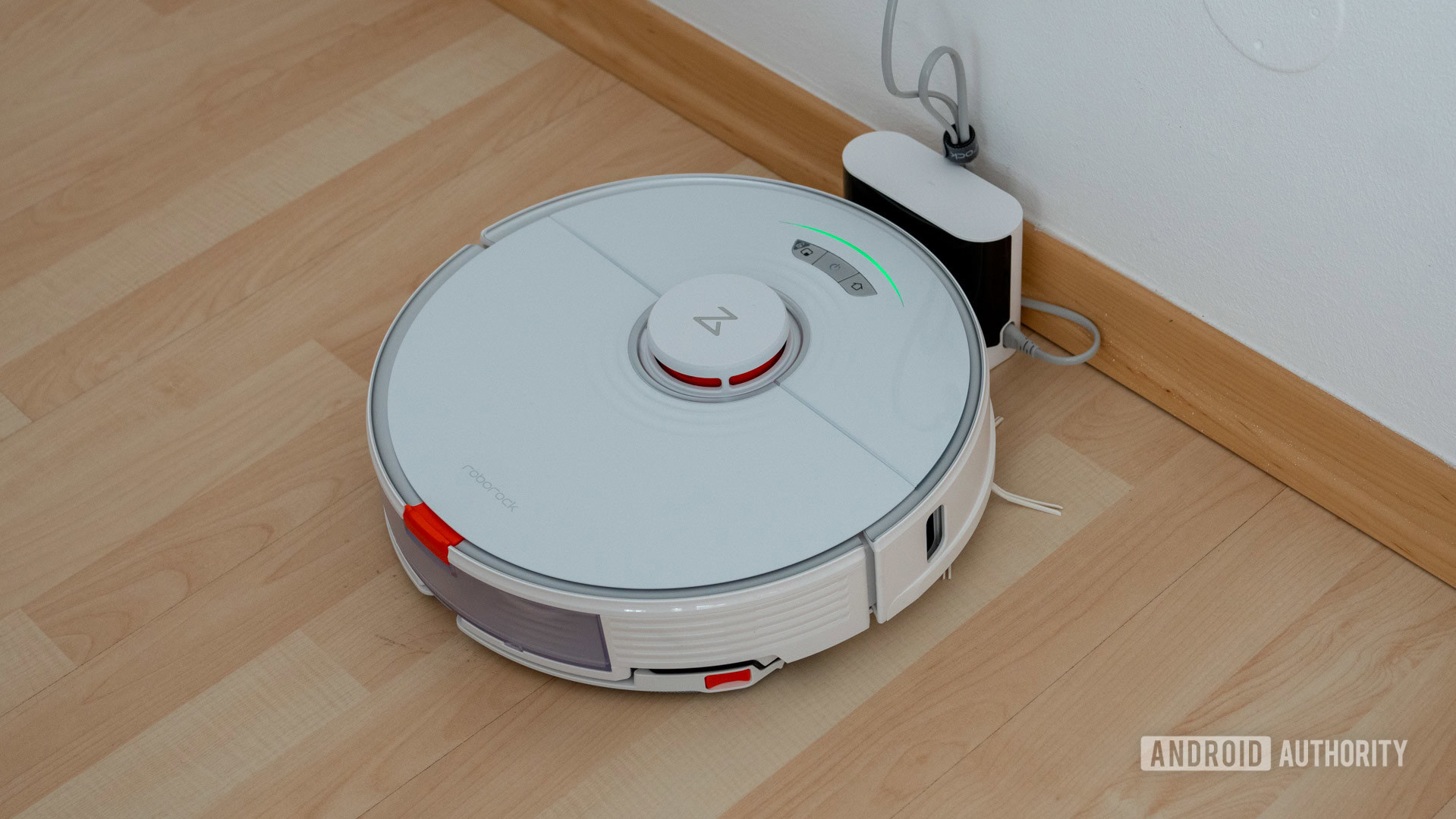
Credit: www.androidauthority.com
Understanding The Basics
Vacuum robots revolutionize cleaning by utilizing advanced technology. These robots have various components that allow them to effectively navigate and clean floors. The sensors and navigation systems are key to their functionality. Equipped with brushes and a suction mechanism, the robots are able to thoroughly clean different types of surfaces.
They collect and store dirt efficiently, ensuring a cleaner living space. The movement of vacuum robots is guided by mapping and path planning, enabling them to cover the entire area. To avoid obstacles, they are equipped with obstacle detection and avoidance systems.
These robots follow specific cleaning patterns and algorithms to ensure thorough cleaning. Understanding the basics of vacuum robots and their components helps us appreciate their efficiency and convenience in maintaining a clean home.
Advanced Features And Technology
Vacuum robots operate using advanced technology and features such as Wi-Fi connectivity and mobile apps. With these, users can control the robots remotely and schedule cleaning sessions. Integration with smart home systems allows seamless operation with other devices. Additionally, virtual boundaries and zone cleaning enable precise cleaning in specific areas.
Thanks to voice control and artificial intelligence, these robots can understand commands and adapt to users’ preferences. They also employ natural language processing, allowing for easy communication. Furthermore, machine learning capabilities enable them to improve their performance over time. With adaptive cleaning technology, these robots can adjust their cleaning methods based on different surfaces and situations.
Vacuum robots revolutionize cleaning by leveraging innovative features and cutting-edge technologies, making household chores a breeze.
Comparing Different Vacuum Robot Models
Vacuum robots work by autonomously navigating your floors, picking up dirt, dust, and pet hair. They use sensors to detect obstacles and map the area to clean efficiently. When comparing different vacuum robot models, several popular brands and models stand out, such as Roomba, Neato, Eufy, and Ecovacs.
These robots come with specific key features and specifications. Battery life and charging capabilities vary among models, while cleaning performance on different surfaces is a crucial factor to consider. Noise level and maintenance requirements also differ across brands. Additionally, price range and value for money should be taken into account when choosing a vacuum robot.
Frequently Asked Questions Of How Do Vacuum Robots Work
How Do Robot Vacuums Know Where To Go?
Robot vacuums navigate their surroundings using a combination of sensors and algorithms. They rely on a variety of sensors, such as infrared sensors, surface detection sensors, and optical navigation sensors, to detect obstacles and map the environment. These sensors enable the robot vacuum to avoid objects and identify boundaries.
Robot vacuums utilize mapping and navigation algorithms to determine the most efficient cleaning path. These algorithms analyze the data collected by the sensors and combine it with pre-programmed instructions to create a map of the area and plan the cleaning route.
This allows the robot vacuum to move systematically and efficiently clean the floor. By continuously adjusting their path based on real-time sensor inputs, robot vacuums can intelligently navigate various obstacles and clean the entire space.
Do Robot Vacuums Actually Vacuum?
Robot vacuums are indeed capable of vacuuming. These devices use powerful suction and brushes to effectively clean various surfaces, such as carpets, hardwood floors, and tiles. With their built-in sensors and smart navigation systems, they can intelligently move around furniture and obstacles, ensuring that no area is left uncleaned.
Robot vacuums are designed to collect dirt, dust, pet hair, and debris, and they often have filters that can capture allergens and improve indoor air quality. Their compact size allows them to reach under furniture and in tight corners that may be difficult to access with traditional vacuums.
Some robot vacuums also include additional features like mopping capabilities and scheduled cleaning, making them more versatile and convenient. With their autonomous cleaning abilities, robot vacuums offer a hands-free solution to keep your floors consistently clean.
How Do Robot Vacuums Work Without Mapping?
Robot vacuums without mapping rely on a combination of sensors and algorithms to navigate your home. These sensors, including infrared and cliff detection, help the robot detect obstacles and avoid falls. The vacuum moves in a random pattern, changing direction when it encounters an obstacle or detects a drop-off.
It cleans the floor by using brushes and suction power to capture dirt and debris in its dustbin. The robot vacuum continues cleaning until its battery runs low, at which point, it returns to its charging dock to recharge. While it may not have the advanced mapping capabilities of some models, it can still effectively clean most areas of your home.
Conclusion
Vacuum robots have changed the way we maintain our homes, making cleaning more convenient and efficient. By understanding their inner workings, from sensors to algorithms, we gain insight into the impressive technology that powers these devices. While vacuum robots aren’t a replacement for traditional cleaning methods, they are a valuable addition to our modern lives. As technology continues to evolve, we can expect even more advanced and intelligent cleaning robots in the future, making our daily chores easier and allowing us to enjoy cleaner, more comfortable homes.
